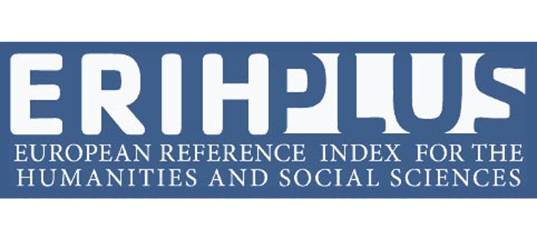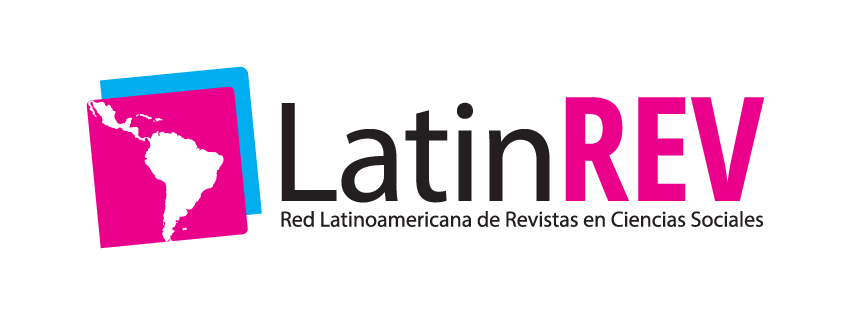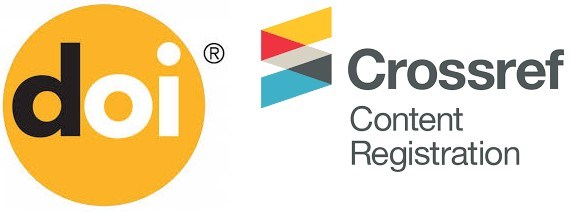Use of Streeter-Phelps Model to estimate the dissolved oxygen of the Utcubamba River
DOI:
https://doi.org/10.46480/esj.4.2.59Keywords:
Self-purification, Water Quality, Dissolved Oxygen, Utcubamba River, Streeter PhelpsAbstract
The Utcubamba river is born in the Leymebamba district at 3 100 m.a.s.l., in the province of Chachapoyas of the Amazon-Peru Region, it flows into the Marañón river, province of Bagua and has an approximate length of 253 km of main channel. The populations of Leymebamba, Chachapoyas, Pedro Ruíz Gallo, Bagua Grande, Cajaruro, El Milagro and Bagua, with a total population exceeding 150,000 inhabitants, are the main urban settlements on the banks of the river, or with direct influence on it. The objective of this research work was to use the Streeter-Phelps model to estimate the dissolved oxygen of the Utcubamba River. The methodology used was analytical and consisted in the first instance in selecting the sampling points that were taken on the main channel, from the data reported and documented by the Research Institute for Sustainable Development of Ceja de Selva, INDES-CES; subsequently, according to the hydraulic characteristics, the points where the model was used were determined, from this information the variables were selected, applying the respective equations. The model describes the behavior of the OD for the first 95.2 km, adequately characterizes the processes of self-purification and oxygen balance in river waters. In addition, it is proved that the waste has normal distribution through Shapiro Wilk whose value is 0.9687; This concludes that the model can be used to make inferences.
Downloads
References
Anón. (2002). «BioMates: Contraste de normalidad Shapiro-Wilks». Recuperado 15 de agosto de 2018 (https://www.sgapeio.es/INFORMEST/VICongreso/taller/applets/biomates/explora/explora_shapirow/explora_shapirow.htm).
Apeco. (2009). Plan estratégico regional del recurso hídrico de Amazonas. Baras, P. (Ed.), Amazonas, 72 p.
Arango, María Cecilia, Luisa Fernanda Álvarez, Gloria Alexandra Arango, Orlando Elí Torres, y Asmed de Jesús Monsalve. (2008). «Calidad del agua de las quebradas la Cristalina y la Risaralda, San Luis, Antioquia». Revista EIA (9):121–141.
Barboza, Elgar, Fernando Corroto, Rolando Salas, Oscar Gamarra, Daniel Ballarín, y Alfredo Ollero. (2017a). «Hidrogeomorfología en áreas tropicales: aplicación del índice hidrogeomorfológico (IHG) en el río Utcubamba (Perú)». Ecología Aplicada 16(1):39–47.
Barboza, Elgar, Fernando Corroto, Rolando Salas, Oscar Gamarra, Daniel Ballarín, y Alfredo Ollero. (2017b). «Hydrogeomorphology on tropical areas: Application of the Hidrogeomorphologic Index (IHG) in the Utcubamba river (Peru)». Ecología Aplicada 16(1):39–47.
Gamarra Torres, Oscar Andrés, Miguel Angel Barrena Gurbillón, Elgar Barboza Castillo, Jesús Rascón Barrios, Fernando Corroto, y Luis Alberto Taramona Ruiz. (2018). «Fuentes de contaminación estacionales en la cuenca del río Utcubamba, región Amazonas, Perú». Arnaldoa 25(1):179-94.
Gamarra Torres, Oscar Andrés, Barrena Gurbillón, Miguel Angel, Elgar Barboza Castillo, Jesús Rascón Barrios, Fernando Corroto, y Luis Alberto Taramona Ruiz. (2018). «Fuentes de contaminación estacionales en la cuenca del río Utcubamba, región Amazonas, Perú». Arnaldoa 25(1):179–194.
Garayar, C., Vallenas, H & Coronado, G. (2005). Gran Atlas del Perú. Lima: Ediciones Peisa. 352 p.
Huamán, Flor Teresa García, Jorge Torres Delgado, y Segundo Edilberto Vergara Medrano. (2014). «Calidad ecológica del agua del río Utcubamba en relación a parámetros fisicoquímicos y biológicos. Amazonas, Perú.» SCIÉNDO 14(1).
Ministerio del Ambiente. MINAM. (2009). Sistema de información ambiental regional.
Phelps, E. B., y H. W. Streeter. (1925). «A study of the pollution and natural purification of the Ohio River». Health Bulletin (146).
Rodrigues Badillo, Leo, y Franco Oliva Atiaga. (2015). «Análisis de contaminación y modelamiento de OD y materia orgánica, Río Puyo».
Valqui, Betty Karina Guzman, y Damaris Leiva Tafur. (2017). «Diatomeas como bioindicadores para la evaluación de la calidad del agua en la cuenca del río Utcubamba, Amazonas-Perú». Revista Científica UNTRM: Ciencias Naturales e Ingeniería 2(1):16–21.
Downloads
Published
Issue
Section
License
Authors retain the copyright of their articles and are therefore free to share, copy, distribute, perform, and publicly communicate their work on their personal websites or in institutional repositories after its publication in this journal, provided that full bibliographic information is given to acknowledge its original publication.































